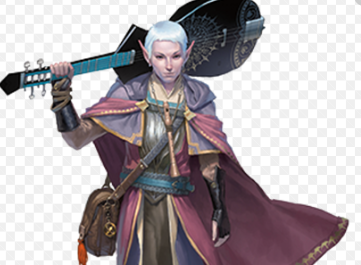DnD Classes 5e Handbook Overview: New Insights and Strategies
Contents
DnD classes are the fundamental character types that players can choose to represent their adventurers in the game. Each class has its own unique abilities, skills, and playstyle. The class choice determines the character’s role in combat, their skills outside of combat, and their progression throughout the game. Here are the core classes commonly found in D&D
DnD Classes in the fifth release are precisely and specifically like the renditions in the third version. 5e Classes increase new capacities as they achieve each dimension, enabling them to battle more grounded beasts and progressively troublesome dangerous circumstances, yet dissimilar to the fourth release, lower-level adversaries stay compromising as power levels don’t scale paired. you can find all D&D 5e Classes information here. The fifth edition of the world’s greatest role-playing game brings over 70 new creatures to the game all of which can be companions for your player characters the book is packed with new feats spells monsters including feats. which gives almost every class the option to gain a powerful familiar or companion.
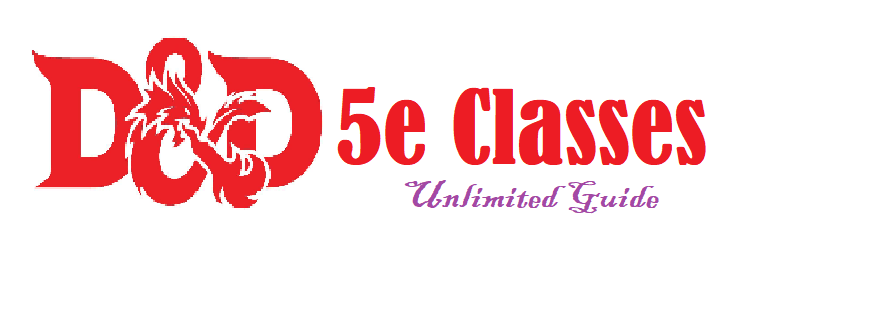
Making advancement during a course makes a player’s character a great deal simpler also as better and can be ready to influence modification worldwide. It widens their skill set and also far better furnishes them to be heroes.
A Comprehensive Update: Exploring the World of DnD Classes
Dnd Classes within the 5th edition (5e) are mechanically and thematically almost like the versions within the 3rd edition. Classes gain new abilities as they reach each level, allowing them to combat stronger monsters and harder perilous situations, but unlike the 4th edition, lower-level opponents remain threatening as power levels don’t scale in tandem.
D&D 5e Classes within the fifth (5th edition) release are precisely and specifically just like the renditions within the third version. Classes increase new capacities as they achieve each dimension, yet dissimilar to the fourth release, enabling them to battle more grounded beasts and progressively troublesome dangerous circumstances, lower-level adversaries stay compromising as power levels don’t scale paired.
People have their own work, but adventurers have 5e classes. The course defines an adventurer’s skill set: Wizards do magic, druids interface with nature, and also barbarians strike points. it’s not a work or a section of research; courses are far more sort of a line of work or calls. A bard, for example, couldn’t make money playing songs, but they weave magical music-playing into their life and also ambitions.
The 5e classes incorporated into the fifth release of Player’s Handbook include:
| 5E Classe For D&D | Type | Description |
|---|---|---|
| Rogue | Stealth, Evasive, Ranged Damage, Melee Damage | A stealthy lurker of the shadows, specializing in backstabbing and trickery |
| Challenge Rating | Spell Damage, Battlefield Control | Challenge Rating was a technician presented in Dungeons & Dragons 5e to attempt to make it simpler for DMs to pass judgment on what sort of beasts was appropriate to set up against their gathering and give them a sensible possibility of succeeding. |
| Warlock | Spell Damage, Battlefield Control | A wielder of Eldritch powers that focuses on mental manipulation and blasts of arcane power |
| Barbarian | Tank, Melee Damage | A primal warrior that relies on their rage to fuel their combat prowess. |
| Monk | Evasive, Melee Damage | A skilled martial artist, the Monk can manipulate their Ki to perform extraordinary feats |
| Cleric | Healer, Support Caster | A devote follower of a deity that harnesses the power of their faith for magic |
| Sorcerer | Spell Damage, Battlefield Control | A magic user that can use their meta magic abilities to shape spells in unique ways |
| Druid | Tank, Support Caster, Healer, Utility | A nature based magic user that can shapeshift into animal forms |
| Paladin | Tank, Healer, Support Caster, Melee Damage | A warrior whose devotion to their Oath provide magical powers |
| Bard | Support Caster, Utility | A silver tongued minstrel that taps in the magic of music to cast spells |
| Wizard | Spell Damage, Utility, Support Caster | Wizards take a scholarly approach to magic and are able to play with the fabric of realty |
| Gunslinger | Choose two from Acrobatics, Athletics, History, Insight, Perception, Sleight of Hand, Stealth, and Survival | Starting at level 1, you gain a +2 bonus to attack rolls you make with firearms. |
| Ranger | Ranged Damage, Survival | A master of survival who uses their knowledge of the outdoors to track foes and provide advantages in combat |
| Sneak attack | soon | soon |
| Matt Mercer | soon | soon |
| Fighter | Tank, Melee Damage, Ranged Damage | Born and bred in battle, the Fighter is a master of combat. |
Barbarian
Barbarians are fierce warriors who tap into their primal rage to gain extraordinary strength and endurance. They excel in close combat, wielding powerful weapons and unleashing devastating attacks. They have high hit points and can enter a rage state to enhance their combat abilities.
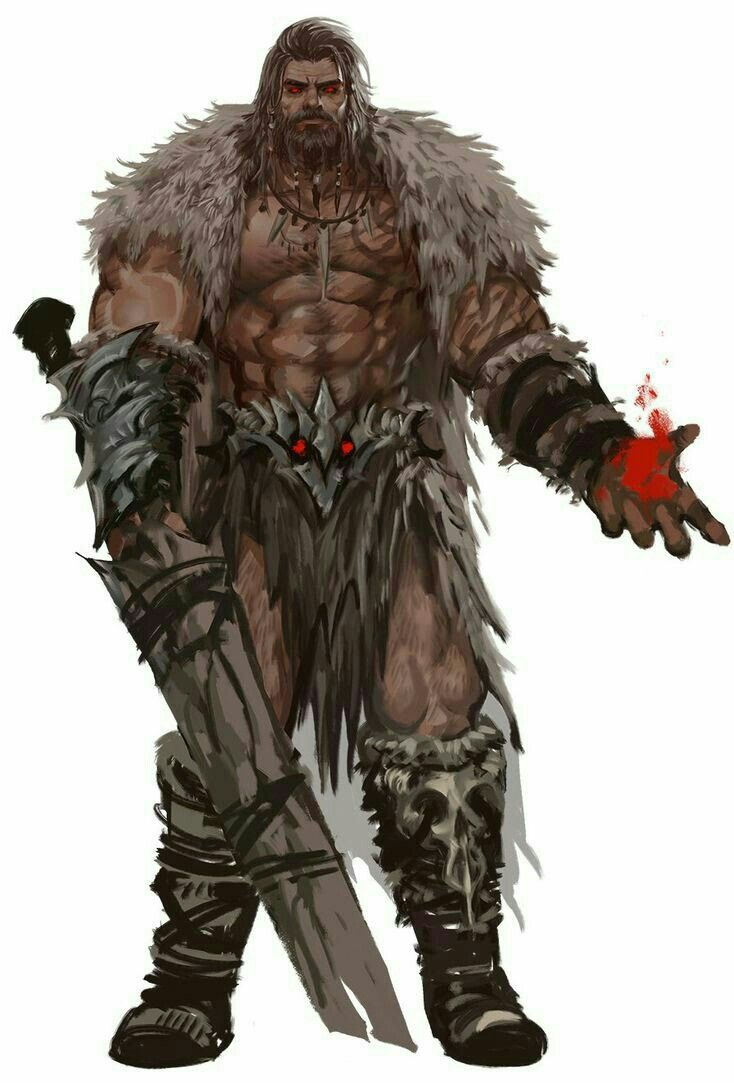
The Barbarian 5e is a playable character class in the Dungeons and Dragons Dream pretending amusement. The class was presented as ahead of schedule as 1985 and experienced various advancements in resulting releases of the diversion.
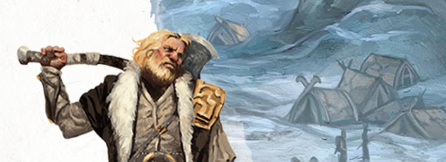
Bard
Bards are versatile performers and manipulators of magic. They use their musical talents, knowledge, and charm to cast spells, inspire allies, and deceive enemies. Bards can fill multiple roles, such as healers, support characters, or ranged spellcasters.
The bard is a standard playable character class in numerous versions of the Dungeons and Dragons’ Dream pretending diversion. The bard 5e class is adaptable, equipped for battle, and of enchantment (Divine enchantment in prior releases, arcane enchantment in later versions). Bards utilize their masterful abilities to instigate mysterious impacts.
The class is approximately founded on the uncommon enchantment that music holds in stories, for example, the Pied Piper of Hamelin, and in prior adaptations was substantially more much the same as being a Celtic Fili or a Norse Skald, in spite of the fact that these components have to a great extent been evacuated in later versions. Recorded motivations for bards incorporate Taliesin, Homer, Will Scarlet, and Alan-a-Dale.
Bards have been incorporated as a character class in the fifth edition of Player’s Handbook. Bards join either the College of Lore, which centers around learning and execution, or the College of Valor, which centers around motivating boldness in the combat zone.
Bards have their own spell rundown and full throwing movement to ninth-dimension spells, but at the same time can get to a set number of spells from any of the different classes, and increase rewards to all aptitude checks. Xanathar’s Guide to Everything included 3 more Bard College choices: the College of Glamor, College of Swords, and College of Whispers.
Cleric
Clerics are divine agents who draw power from their deities. They are skilled in healing magic and can also wield weapons and wear armor. Clerics can turn undead, support their allies with blessings, and smite their enemies with divine wrath.
The cleric is one of the standard playable character classes in the Dungeons and Dragons’ dream of pretending diversion. Clerics are adaptable figures, both fit in battle and are talented in the utilization of celestial enchantment. Clerics are incredible healers because of the vast number of mending and corrective magic accessible to them. With supernaturally allowed capacities over the last chance, they are likewise ready to repulse or control undead animals.
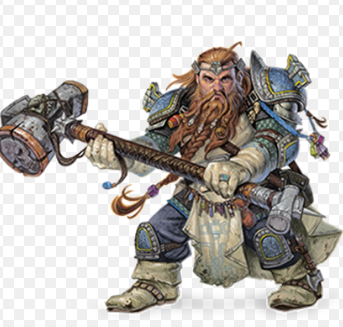
The Knowledge area esteems learning and comprehension, Life esteems recuperating, Light qualities resurrection and recharging, Nature esteems securing the regular world, Tempest esteems the intensity of the characteristic world, Trickery esteems shaking things up and being troublesome (for good or fiendishness) and War esteems battling for his or her confidence.
Sword Coast Adventurer’s Guide includes the Arcana space which merges the intensity of the divine beings with enchantment. The Forge area from Xanathar’s Guide to Everything centers around the creation and engaging weapons, while the Grave space from similar enhancement centers around saving the equalization of life and annihilating the undead.
Guildmasters’ Guide to Ravnica includes the Order space which speaks to teaching and dedication to society and law. The Death area from the Dungeon Master’s Guide is planned for shrewd characters and is centered around death, magic, and the undead.
Druid
Druids are nature-oriented spellcasters who have a deep connection with the natural world. They can shape-shift into different animal forms and command natural forces. Druids excel in spells that manipulate nature, heal, or inflict damage, and they can also serve as effective scouts.
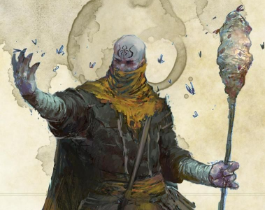
The Druid is a playable character class in the Dungeons and Dragons Dream pretending amusement. Druids use nature-themed enchantment. In contrast to the cleric, druids don’t have uncommon forces against the undead and, in certain versions, can’t utilize metal defensive layers.
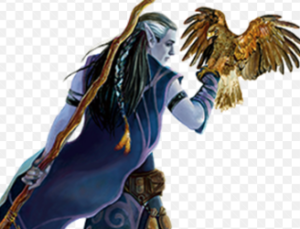
Druids have an interesting capacity that enables them to change into different creature frames and different characteristics that help them in common settings.
The druid has been incorporated as a character class in the fifth version of Player’s Handbook. Incorporated into the Player’s Handbook are two Druid Circles that players can have their druid join at the second dimension.
The first is the Circle of the Land, which gives a druid some of the extra spells as per which sort of land where they turned into a druid. The second is the Circle of the Moon, which enlarges the druid’s Wild Shape capacity. Xanathar’s Guide to Everything incorporates two extra circles: The Circle of Dreams and the Circle of the Shepard. Another Circle, the Circle of Spores, was acquainted in Guildmasters’ Guide with Ravnica.
Fighter
Fighters are masterful warriors who excel in combat and martial skills. They possess exceptional weapon proficiencies and fighting techniques, allowing them to specialize in various combat styles. Fighters can serve as frontline defenders, damage dealers, or versatile combatants.
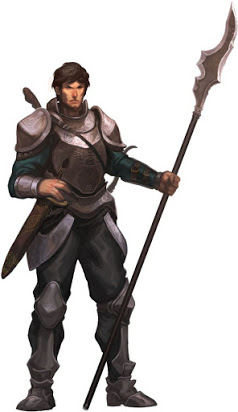
Fighter 5e is one of the standard playable character classes in the Dungeons and Dragons Dream pretending amusement. A fighter is an adaptable, weapons-situated warrior who battles utilizing expertise, methodology, and strategies.
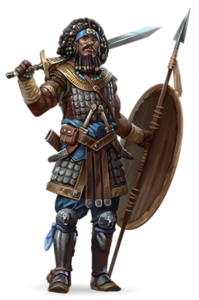
The fighter is a nonexclusive and expansive class; singular fighters have assorted foundations and diverse styles. Guardians, swashbucklers, previous warriors, attacking outlaw rulers, or ace swordsmen are for the most part fighters, yet they originate from varying backgrounds and foundations and regularly wind up on altogether different arrangements, objectives, and sides in contention.
The champion model enables the character to concentrate on the sheer capacity to convey more harm. Fight Master model spotlights strategies of battling through moves. The Eldritch Knight model opens up restricted enchantment enabling the fighter to cast a few spells. Sword Coast Adventurer’s Guide included the Purple Dragon Knight model which centers around administration and valor.
The Arcane Archer concentrations upon some mysteriously enabled trap shots, the Cavalier shielding their partners and checking adversaries for commitment while controlling the combat zone, and the Samurai on the spotlight and order both on and off the war zone.
Monk
Monks are disciplined warriors who rely on speed, agility, and martial arts techniques in combat. They have mastered unarmed strikes and can harness their inner energy, known as ki, to perform extraordinary feats. Monks excel in mobility, evasion, and stunning their opponents.
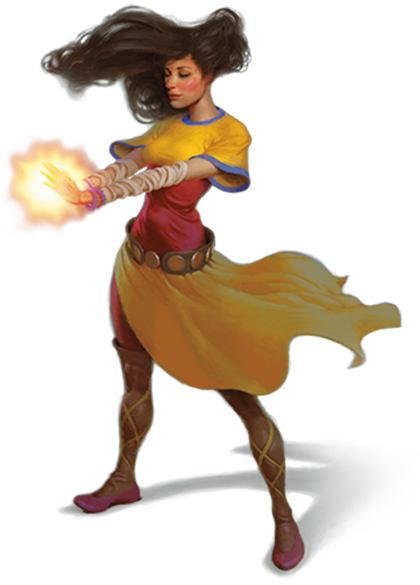
The monk (additionally spiritualist) is a playable character class in many releases of the Dungeons and Dragons’ Dream pretending diversion. A D&D monk is a dream military craftsman, gaining practical experience in an unarmed battle.
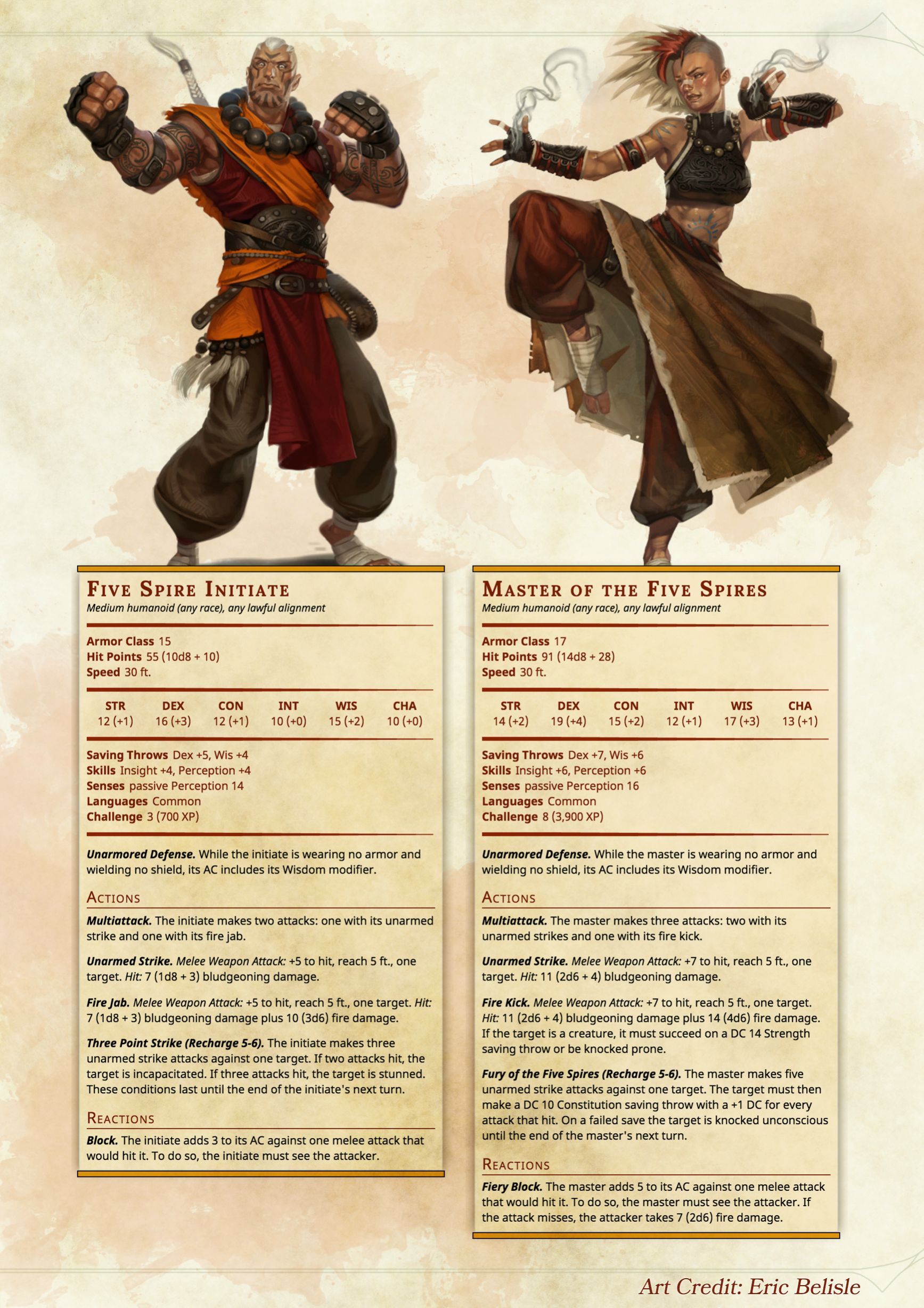
Monk Class Details
The monk has been incorporated as a character class in the fifth version of Player’s Handbook. It highlights three Monastic Traditions a Monk can browse: the Way of the Open Hand, the Way of Shadow, and the Way of the Four Elements.
In the Sword Coast Adventurer’s Guide, two new conventions are presented: The Way of the Long Death and the Way of the Sun Soul. Afterward, in Xanathar’s Guide to Everything, two additional conventions are included: The Way of the Drunken Master and the Way of the Kensei.
Paladin
Paladins are holy warriors dedicated to righteousness and justice. They combine martial prowess with divine magic, smiting evil creatures and protecting their allies. Paladins can heal wounds, lay hands on the injured, and are capable of tanking or dealing with heavy damage.
The Paladin is one of the standard playable character classes in many versions of the Dungeons and Dragon’s Dream pretending to diversion.

The Paladin is a blessed knight, crusading for the sake of good and request, and is a perfect spellcaster. From the first through the third version, paladins were required to keep up the Lawful Good arrangement.
What’s more, contrasted with different classes the paladin class has a standout amongst the most prohibitive implicit rules in their determination and articulate dedication to great. Paladin characters are relied upon to exhibit and typify goodness.
In certain versions [vague] it was unthinkable for a paladin to lie or utilize toxin, and a few translations state they should just utilize stealth if all else fails.
Different limitations are now and then laid on the paladin relying upon battle setting, going from confining the class to the point of making it amusingly unplayable to a class that just contrasts from other warrior classes in its extra heavenly powers.
The inability to keep up a legitimate decent arrangement or hold fast to the set of principles makes paladins lose their paladin status and a large number of their unique capacities until they can give penance. The paladin 5e has been incorporated as a character class in the fifth release of the Player’s Handbook
In the fifth Edition, paladins invest in the way of uprightness and equity and can pick one of four hallowed promises that envelop the idea of their sacred journey.
Ranger
Rangers are skilled hunters and trackers, attuned to the perils of the wilderness. They excel in archery, dual-wielding weapons, or wielding two-handed weapons. Rangers possess nature-based magic and can adopt animal companions to aid them in their adventures.
The Ranger is one of the standard playable character classes in many versions of the Dungeons and Dragons Dream pretending amusement. Rangers were seekers and gifted woodsmen, and frequently lived withdrawn lives as recluses.

Ranger 5e (5th Edition) Full Details
The ranger was incorporated as a character class in the fifth release of Player’s Handbook. In a third dimension, players looked over one of two ranger models: the seeker; and the mammoth master.[citation needed] The seeker’s prime example was the defender of human advancement against the fear of the wilds, giving the character unique capacities in battling.
The mammoth ace prime example fashioned an association between progress and monsters, enabling the character to connect with creatures in certain ways including picking up a creature buddy to control. Xanathar’s Guide to Everything includes three more ranger models: the Gloom Stalker, Horizon Walker, and Monster Slayer.
Rogue
Rogues are stealthy and agile characters specializing in subterfuge and precision strikes. They excel in sneaking, disarming traps, picking locks, and delivering devastating sneak attacks. Rogues are skilled at detecting and disabling traps, and they can also excel in social interactions.
The rogue or criminal is one of the standard playable character classes in many versions of the Dungeons and Dragons Dream pretending to amusement.
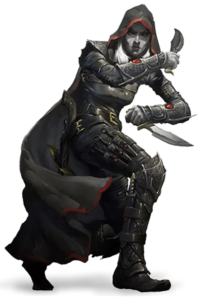
A rogue is an adaptable character, equipped for tricky battles and deft traps. The rogue is stealthy and capable, and in early releases was the main authority base class from the Player’s Handbook fit for finding and incapacitating snares and picking locks.
The rogue additionally can “sneak assault” (“double-cross” in past releases) adversaries who are found napping or shocked, exacting additional harm.
The rogue is incorporated as one of the standard character classes in the fifth version of the Player’s Handbook. Players may look over three changed Roguish Archetypes in the third dimension: Thief, Assassin, and Arcane Trickster. The Sword Coast Adventurer’s Guide supplement adds Mastermind and Swashbuckler to the rundown of Rogue prime examples, while Xanathar’s Guide to Everything includes the Inquisitive, Mastermind, Scout, and Swashbuckler.
The criminal prime example centers around rogues who take, giving rewards for skillful deception, climbing, and sneaking. Professional killers are prime examples of managing rogues who murder professionally, giving rewards basic hits, and making false characters.
The arcane Trickster model opens up restricted enchantment to rogues enabling them to cast spells. The Sword Coast Adventurer’s Guide includes Mastermind, taking into consideration a covert operative sort rogue, and Swashbuckler, a rogue who has practical experience in one-on-one swordplay.
Sorcerer
Sorcerers possess innate magical abilities and cast spells through their inherent magic. They have a limited selection of spells but can use meta magic to manipulate and enhance their spells’ effects. Sorcerers rely on their spellcasting to deal damage, control the battlefield, or protect their allies.
The sorcerer is a playable character class in the Dungeons and Dragons Dream pretending amusement. A sorcerer is feeble in skirmish battle, yet an ace of arcane enchantment, for the most part, the most dominant type of D&D enchantment.

Sorcerers’ enchanted capacity is natural instead of contemplated. In the expressions of the 3.5 Player’s Handbook: “Sorcerers make enchantment the manner in which a writer makes sonnets, with intrinsic ability sharpened by training.”
The sorcerer has been incorporated as a character class in the fifth version of Player’s Handbook. They are given two Sorcerous Origins to browse: Draconic Bloodline and Wild Magic.
The Sword Coast Adventurer’s Guide includes a third Sorcerous Origin, that of Storm Sorcery. Xanathar’s Guide to Everything contains three Sorcerous Origins: Divine Soul, Shadow Magic, and Storm Sorcery.
Warlock
Warlocks forge pacts with otherworldly entities, gaining magical powers in exchange for service. They have a diverse range of patrons and can cast spells and eldritch invocations. Warlocks often have unique abilities granted by their patrons, making them versatile spellcasters.
The Warlock is a character class in the Dungeons and Dragons’ dream of pretending to diversion. It was presented as a non-center base class in the supplemental book Complete Arcane for the 3.5 release of Dungeons and Dragons. In the fourth and fifth versions, the warlock is a center class.
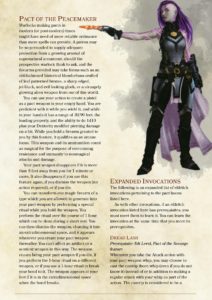
The warlock was incorporated as a character class in the fifth version of Player’s Handbook. It is an enchantment utilizing class with a blend of spells and summons allowed by the warlock’s supporter. The warlock has three alternatives for its benefactor in the Player’s Handbook: The Archfey, the Fiend, and the Great Old One. Three choices for this kind of agreement are displayed.
Settlement of the Chain enables the warlock to call a natural, Pact of the Tome gives the warlock a Book of Shadows containing extra spells, and Pact of the Blade enables the warlock to summon a supernatural weapon for battle.
The Warlock utilizes charm as its spellcasting capacity. It is organized so its spell openings and spells are known are constrained, yet the spaces reestablish after each brief rest (not at all like most other enchantment utilizing classes, which require a long rest), and all spells are dependably thrown at the most astounding space level to which the warlock approaches. These spells are enhanced with a summons that gives extra capacities.
Wizard
Wizards are scholarly spellcasters who wield immense arcane power. They possess an extensive repertoire of spells and can learn new ones through research and study. Wizards excel in spellcasting versatility, enabling them to specialize in various schools of magic.
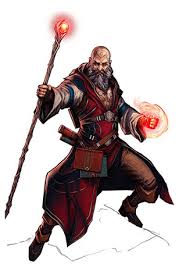
The wizard is one of the standard character classes in the Dungeons and Dragons Dream pretending amusement. A wizard utilizes arcane enchantment and is viewed as less successful in scuffle battles than in different classes.
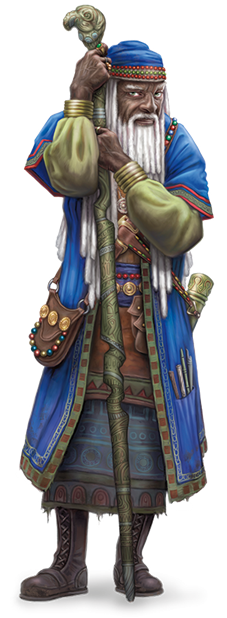
Wizard 5e
The wizard has been incorporated as a character class in the fifth version of Player’s Handbook. Players must pick an Arcane Tradition for their wizard character in the second dimension, every one of which speaks to one of the eight schools of enchantment: repudiation, conjuration, divination, charm, inspiration, deception, magic, and transmutation.
The Sword Coast Adventurer’s Guide supplement includes a ninth Arcane Tradition, selective to mythical beings and half-mythical beings, called blade swinging. In Xanathar’s Guide to Everything, one extra arcane convention, War Magic, was included. This subclass centers around engaging spells and upgrading a wizard’s resistance to set them up for war.
FAQs
The following FAQs will be very helpful for those who want to learn about DnD Classes. If you have any doubts about any class in Dungeons and Dragons games. comment on the below-given. we will answer your question. We will update more FAQ Soon.
Q: What is the best class for beginners?
A: The best class for beginners depends on personal preference. However, classes like the Fighter, Rogue, or Cleric are often recommended for new players due to their straightforward mechanics and versatility.
Q: Can I multiclass between different classes?
A: Yes, D&D 5e allows players to multiclass, meaning they can combine levels from different classes. Multiclassing can provide a unique character build, but it’s important to understand the rules and requirements outlined in the Player’s Handbook.
Q: How do spellcasting classes work?
A: Spellcasting classes, such as Wizards or Clerics, can cast spells by using spell slots. Each class has its own spellcasting ability and spell list. Players must prepare or learn spells in advance, and they use spell slots to cast them during encounters.
Q: What is a subclass or archetype?
A: Subclasses or archetypes are specializations within a class that allow players to further customize their characters. They grant unique features, abilities, and sometimes spells. Subclasses are typically chosen at a certain level, offering distinct playstyles and options.
Q: Can I change my class or subclass during the game?
A: Generally, D&D 5e does not allow changing classes once the game begins. However, some Dungeon Masters may allow limited class changes in exceptional circumstances or through storytelling elements. Subclasses are typically chosen at a specific level and cannot be changed afterward.
Q: How do ability scores affect class selection?
A: Ability scores, such as Strength, Dexterity, or Intelligence, can influence class selection. Certain classes benefit more from high scores in specific abilities. For example, a high Dexterity score is beneficial for a Rogue or a high Wisdom score for a Cleric. However, it’s not mandatory to optimize ability scores for a specific class.
Q: Can a character be proficient in multiple classes’ weapons and armor?
A: Yes, proficiency in weapons and armor is independent of class. Players can choose to be proficient with any weapon or armor based on their character’s background, race, or feats.
Q: Are there any class restrictions based on race?
A: In D&D 5e, there are no strict class restrictions based on race. However, some races have abilities or traits that synergize well with certain classes. Players should consider racial traits when selecting a class for optimal combinations.
Remember that specific rules and details may vary, so it’s always recommended to refer to the official D&D 5e rulebooks or consult with your Dungeon Master for any specific questions or clarifications.
